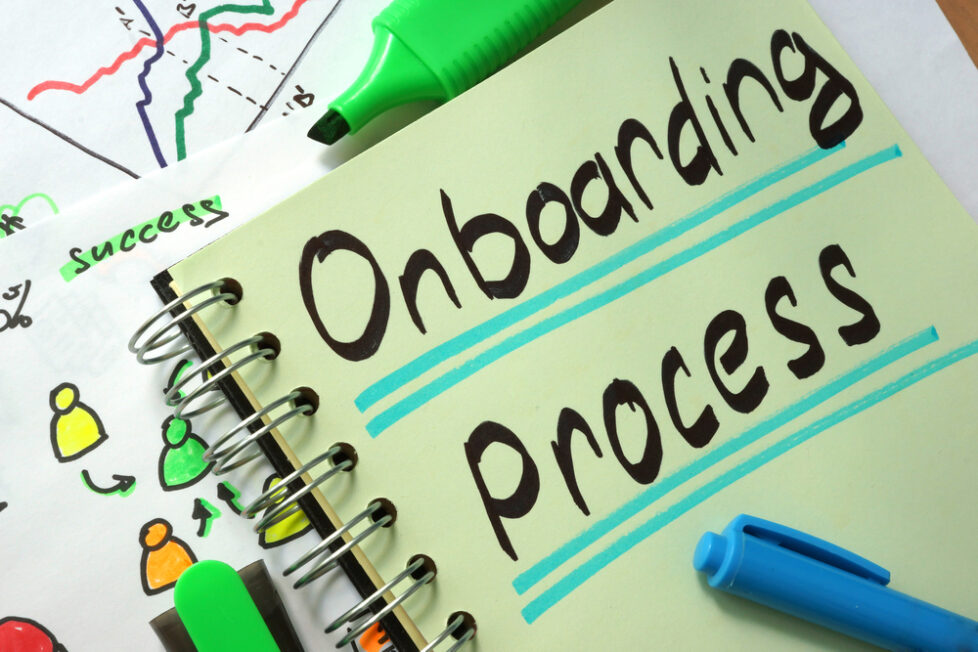Bridging the Gap Between Digital Onboarding and Employee Engagement


LINKS TO CONTENT
ToggleAs organisations increasingly embrace digital transformation, onboarding processes have undergone significant changes. Traditional, face-to-face onboarding programs are being replaced or supplemented by digital onboarding solutions like i-9 compliance software. This software is designed to streamline the process, especially in a remote or hybrid work environment. Digital onboarding offers many benefits, including efficiency, scalability, and accessibility. However, it also brings new challenges, especially in fostering employee engagement. We must bridge the gap between digital onboarding and employee engagement to ensure new hires feel connected, supported, and motivated. This connection is essential as employees begin their journey with the organisation.
Employee engagement is a critical component of successful onboarding. Engaged employees are more likely to be productive, satisfied with their jobs, and committed to the organisation. They are also less likely to leave the company, reducing turnover rates and associated costs. However, creating a sense of connection and engagement in a digital onboarding environment can be challenging. Without the opportunity for in-person interactions, new hires may feel isolated or disconnected from their colleagues and the
company culture.
Organisations must adopt strategies that convey essential information, build relationships, foster a sense of belonging, and encourage active participation to overcome these challenges. Digital onboarding should be more than just a series of tasks; it should be an experience that welcomes new employees, integrates them into the team, and sets the stage for their long-term success.
One of the most effective ways to enhance employee engagement during digital onboarding is to personalise the experience. Personalisation can take many forms, from tailored welcome messages to customised training programs based on the employee’s role, department, or previous experience. When new hires feel that the onboarding process is designed with their specific needs and goals in mind, they are more likely to engage with the
content and feel valued by the organisation.
For instance, instead of a one-size-fits-all approach, organisations can develop onboarding modules relevant to different job functions or levels within the company. Interactive elements like quizzes, feedback loops, and real-time Q&A sessions can also be incorporated to keep new employees involved in their learning process. By using digital tools to create a more personalised and interactive onboarding experience,
companies can help new hires build a stronger connection to their roles and the organisation
as a whole.
A significant challenge of digital onboarding is the lack of face-to-face interaction, making it difficult for new hires to build relationships with their colleagues and managers. To address this, organisations should leverage digital tools to facilitate communication and
collaboration throughout the onboarding process. Virtual meetings, video calls, and instant messaging platforms can help replicate the social interactions that typically occur in an office setting.
Regular check-ins with managers and team members are crucial during the early onboarding. These check-ins allow new hires to ask questions, receive feedback, and discuss progress. Additionally, assigning a mentor or onboarding buddy can help bridge the gap by providing new employees with a go-to person for guidance and support. This relationship-building effort is essential for creating a sense of belonging and ensuring new hires feel connected to the team, even in a remote environment.
Company culture plays a vital role in employee engagement, and it is essential to integrate cultural elements into the digital onboarding process. While conveying the company’s mission, values, and expectations is straightforward in a traditional setting, it requires more deliberate efforts in a digital environment. Organisations can effectively communicate their culture and values to new hires effectively using multimedia content, such as videos, podcasts, and interactive presentations.
Virtual events like town hall meetings, team-building activities, and social gatherings can also help new employees experience the company culture firsthand. These events should encourage participation and interaction, allowing new hires to feel part of the community from day one. Celebrating milestones, such as the completion of onboarding or the first month on the job, can reinforce a positive cultural experience and motivate new employees to stay engaged.
Digital onboarding should not be viewed as a one-time event but as the first step in an ongoing employee development and engagement process. Providing continuous support and opportunities for growth is critical to maintaining engagement long after the initial onboarding phase. Organisations should establish clear paths for professional development, offering access to training programs, mentorship opportunities, and resources that enable
employees to advance in their careers.
Feedback is another crucial aspect of continuous support. Regular performance reviews, goal-setting sessions, and informal check-ins can help new employees stay on track and feel supported. Encouraging open communication and a feedback culture ensures that employees feel heard and valued, which is essential for sustaining long-term engagement.
Organisations should implement metrics and feedback mechanisms to measure effectiveness and ensure that digital onboarding efforts successfully drive employee engagement. Surveys, interviews, and engagement analytics can provide valuable insights into how new hires perceive the onboarding process and where improvements can be made. Key indicators to monitor include employee satisfaction, time to productivity, retention rates, and the overall sense of connection to the organisation.
By regularly evaluating the onboarding process and making data-driven adjustments, companies can continually improve their approach to onboarding and engagement. This iterative process helps create a more dynamic and responsive onboarding experience that meets the evolving needs of new employees.
Bridging the gap between digital onboarding and employee engagement requires a thoughtful and proactive approach. Organisations can create a digital onboarding process that informs and engages new hires by personalising the experience. Facilitating communication and collaboration further strengthens this process. Integrating company culture and providing continuous support also play crucial roles. By measuring effectiveness, companies ensure a well-rounded onboarding experience. In doing so, they lay the foundation for long-term employee satisfaction, productivity, and retention. This approach prepares new employees to perform their roles effectively and motivates them to contribute to the organisation’s success.
